Aerolamp DevKit
Aerolamp DevKit
Couldn't load pickup availability
222nm far-UVC light inactivates viruses, bacteria, mold, and allergens in the air
- User-friendly: No professional installation required. Simply mount your Aerolamp on a telescoping stand, tripod, or wall bracket.
- Long-lasting: Aerolamp will last up to 5 years of daily use (8 hours a day, 5 days a week)
- Built-in automatic dimming: Aerolamp uses millimeter wave radar to detect when people are close enough to the lamp to risk overexposure, and automatically dims to a safe level. (Note that this is an experimental feature and is not a replacement for appropriate use - always install your Aerolamp at least 8.5 ft (2.6 meters) up, tilted downward, and avoid staring directly into the light from a close distance)
The DevKit is an early-access development kit version of Aerolamp. It is just as safe and effective at inactivating pathogens, and is ideal for researchers and early adopters, but has not yet been through any certification processes.
As the Aerolamp DevKit is a 3d printed product, there may be slight imperfections in color and finish of the case.
Technical Specifications
- Total far-UVC output: 100 mW
- Input power: 12.9 W (12V, 2.5A)
- Lifetime (L70): 10,000+ hours
- Emitter: Care222 Filtered Far-UVC B1 Module
- Dimensions (w x h x d): 100 x 118 x 76 mm (3.94 x 4.65 x 2.99 in)
- Weight: 450 g (1 lb)
Links
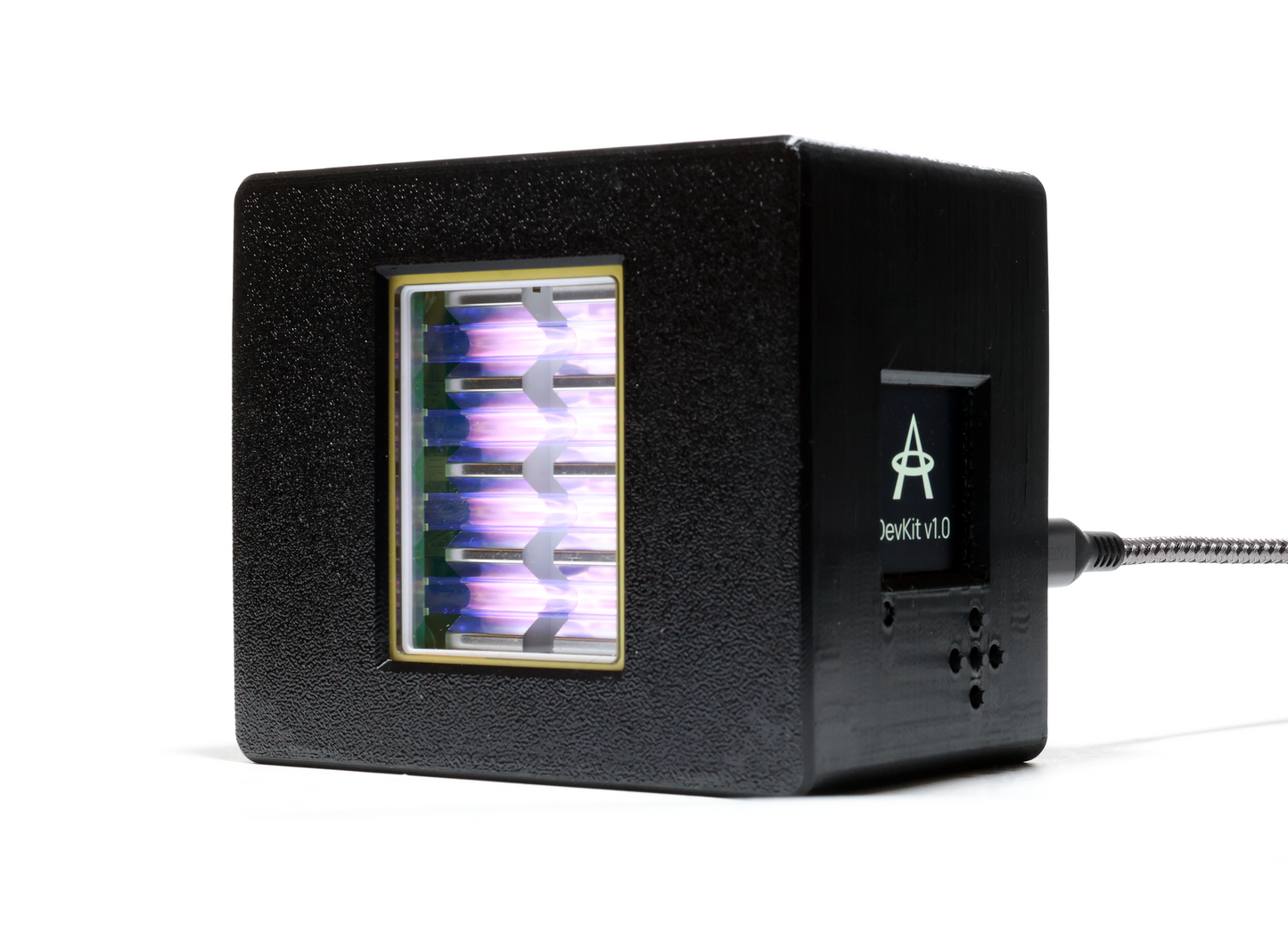
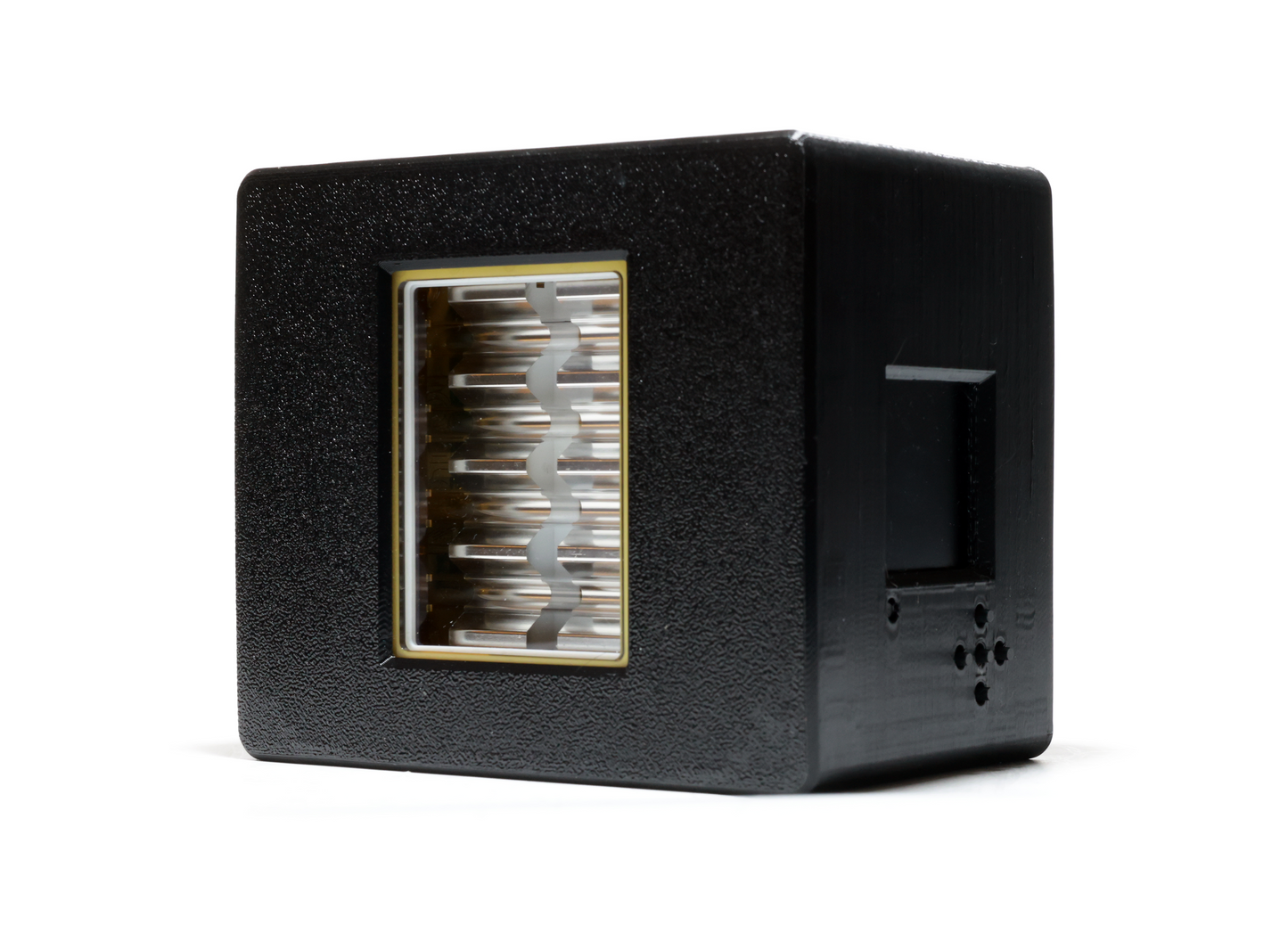
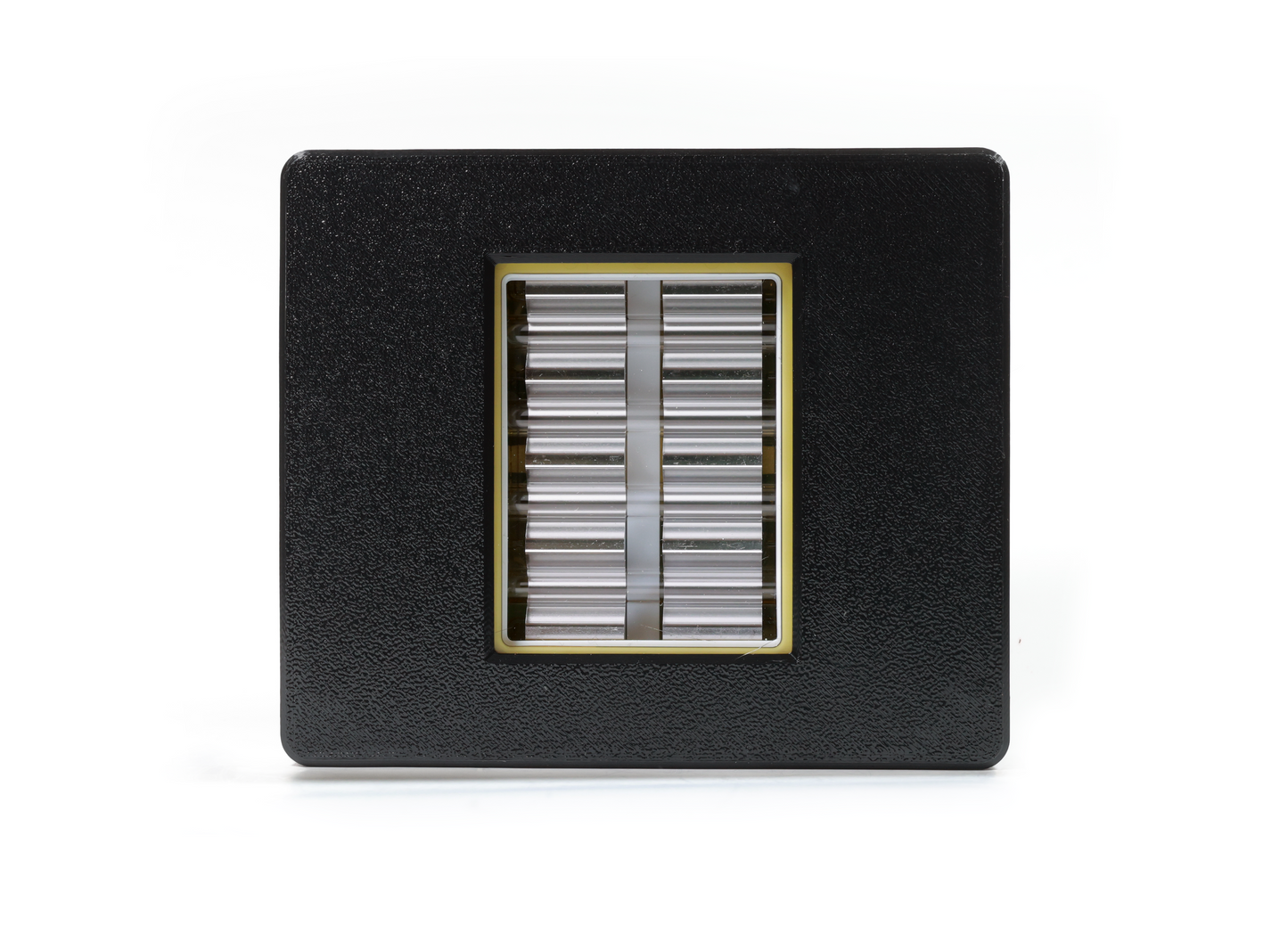
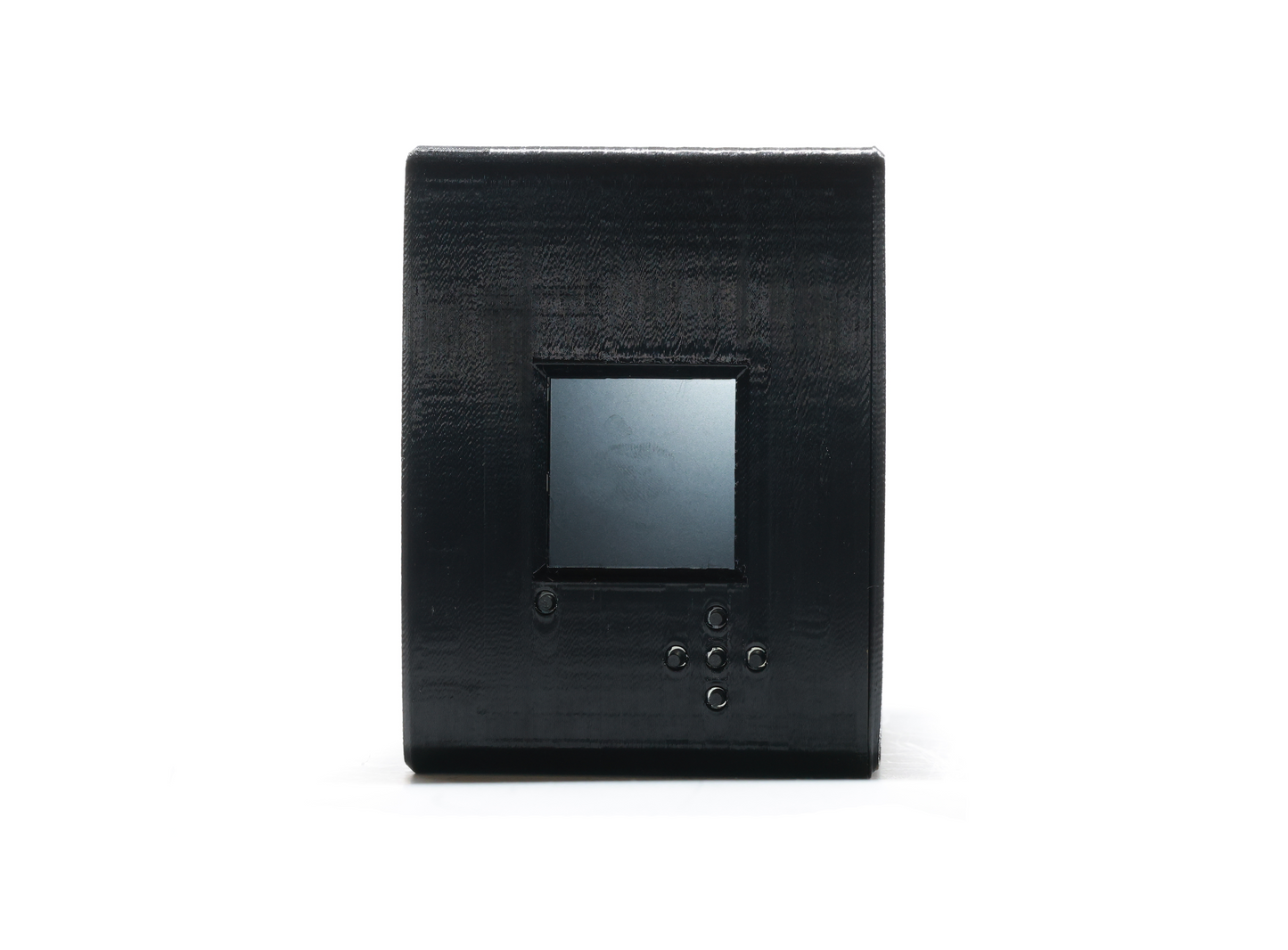
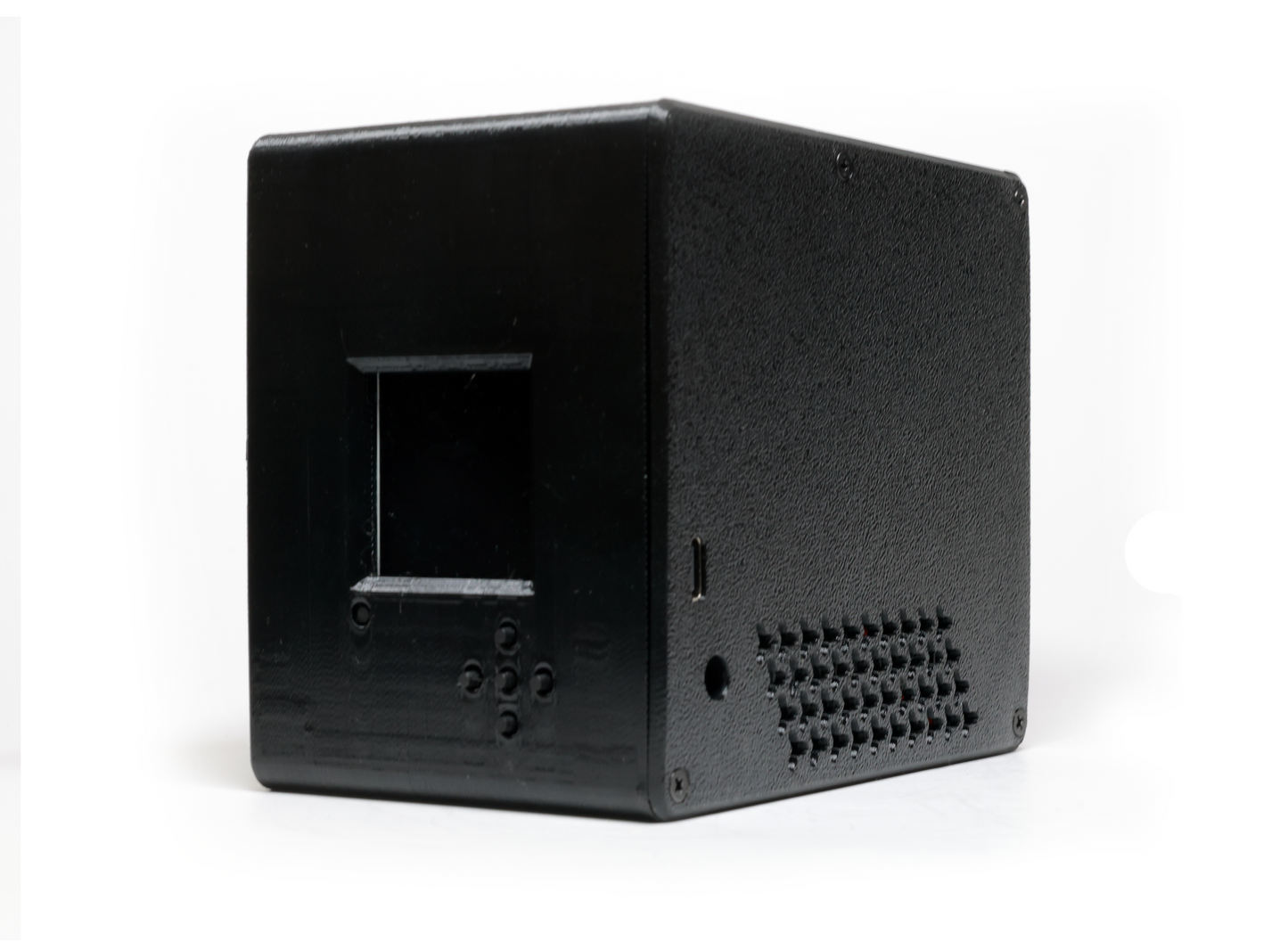
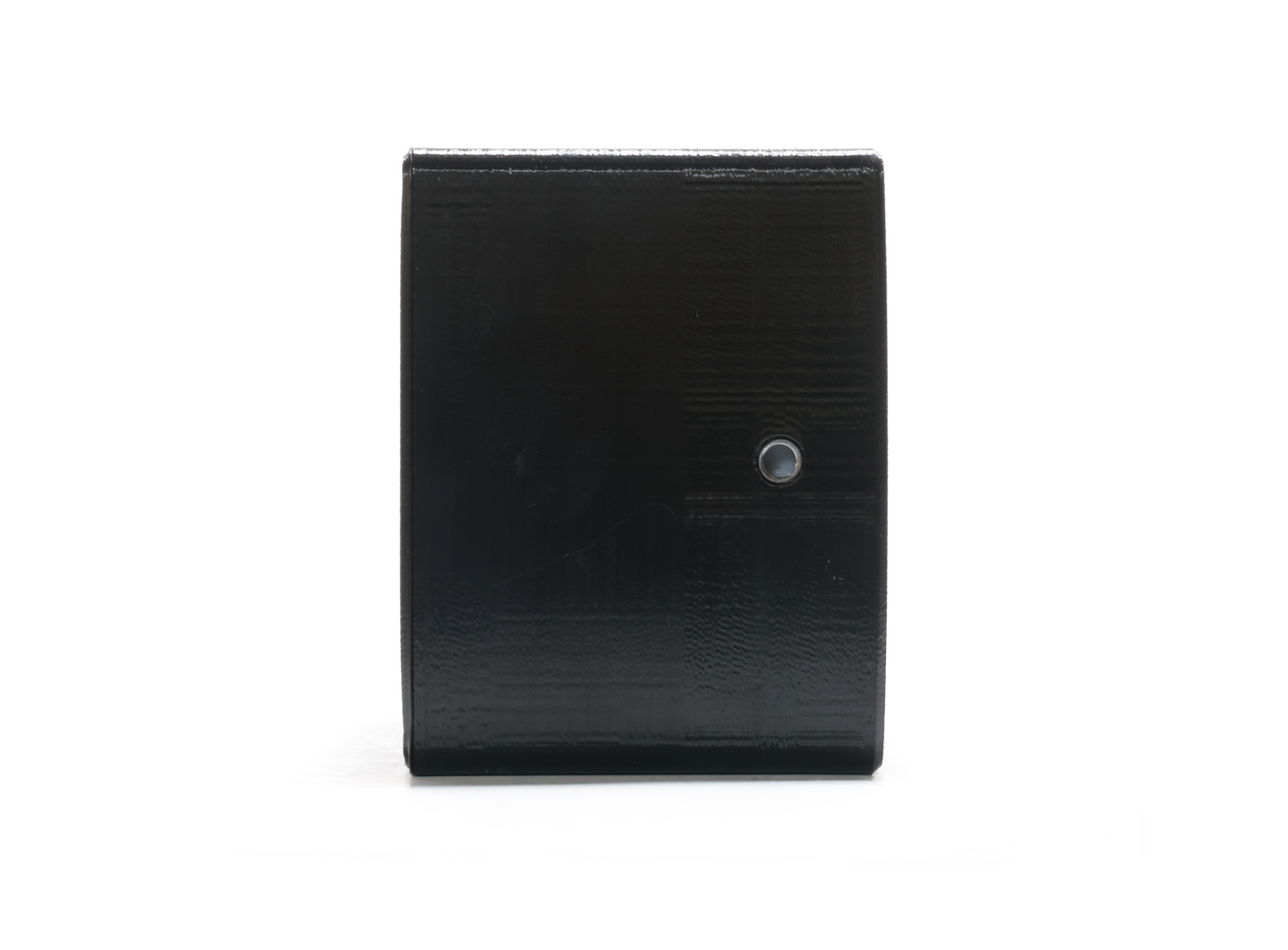
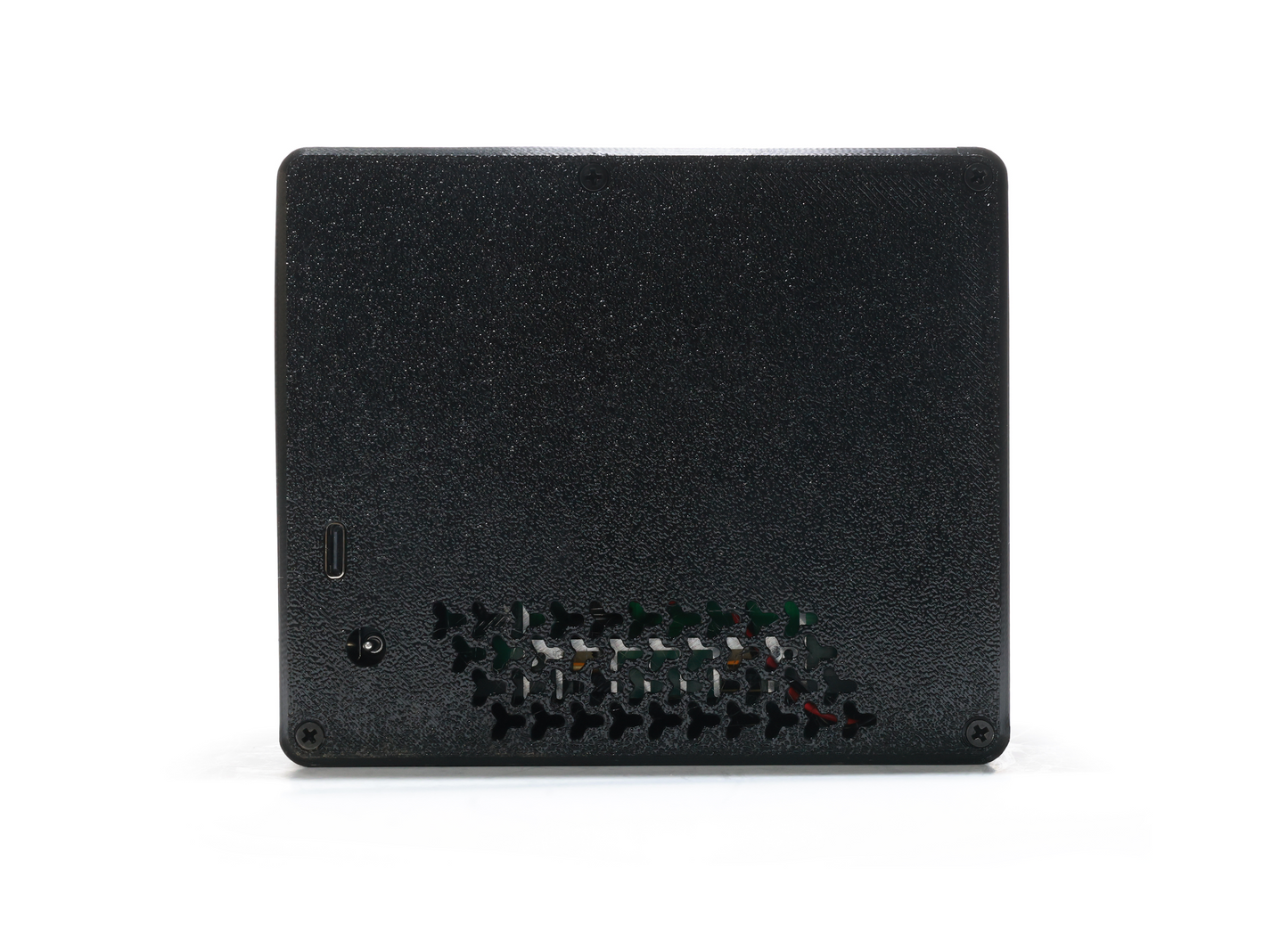
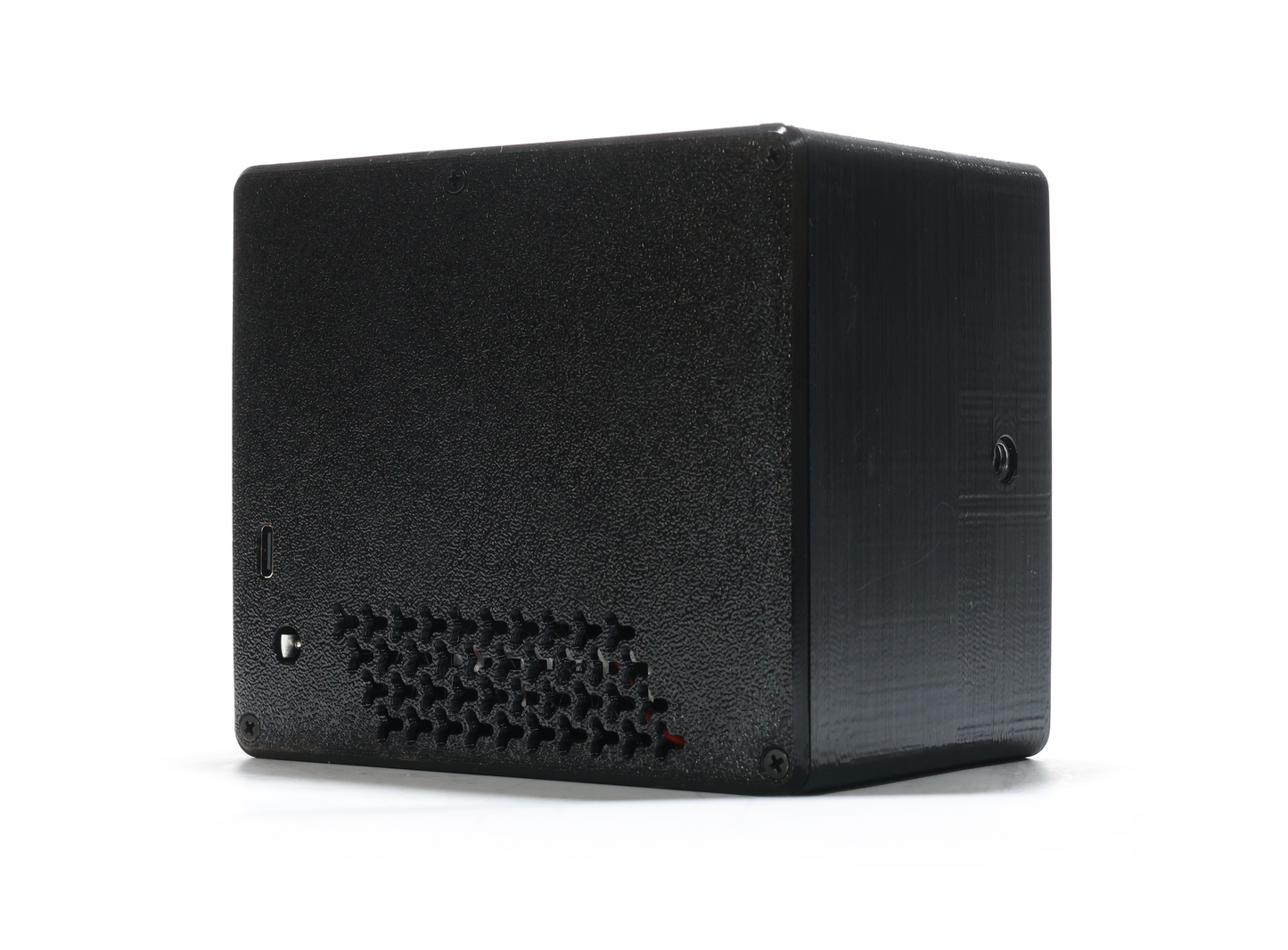
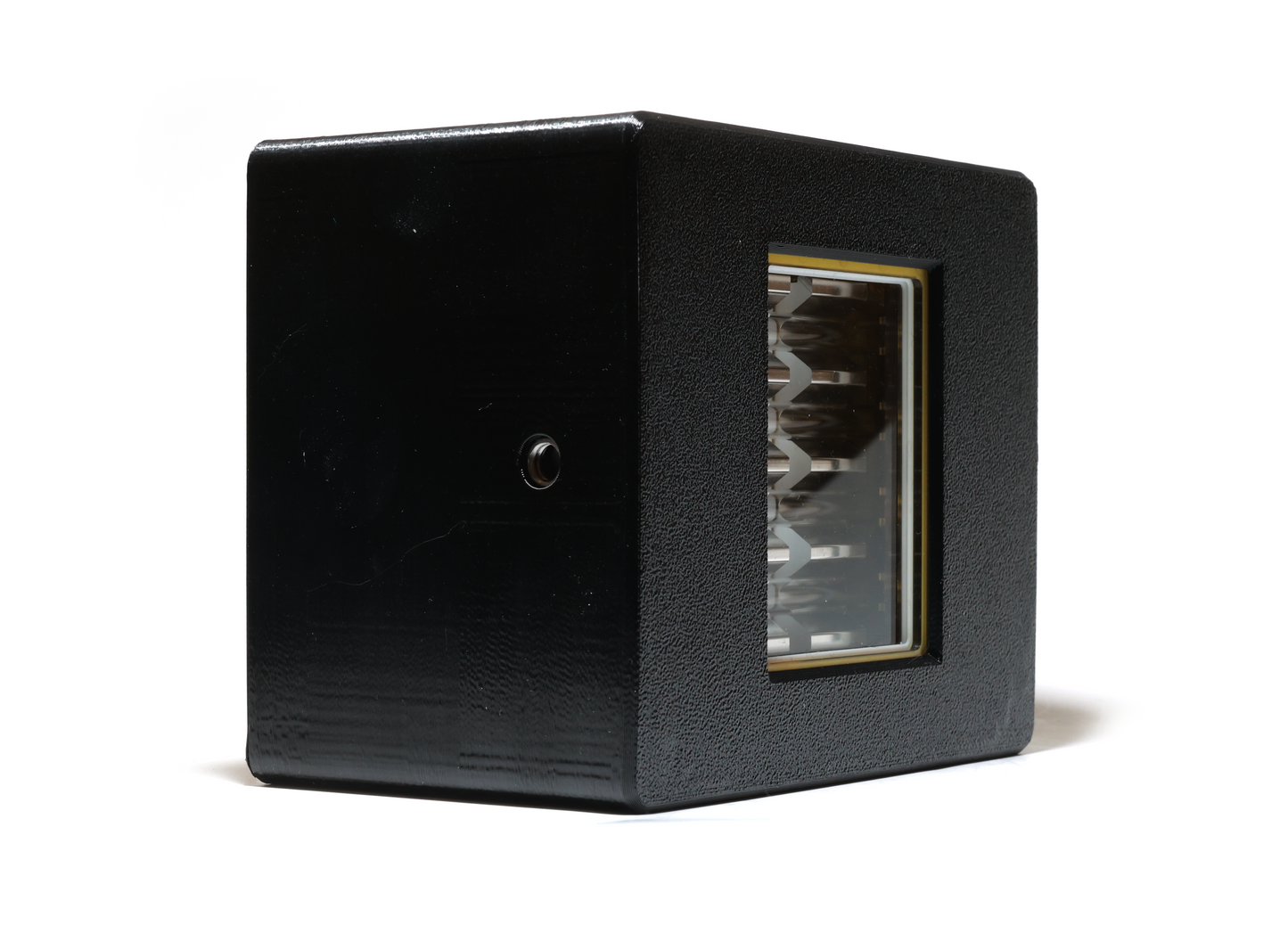
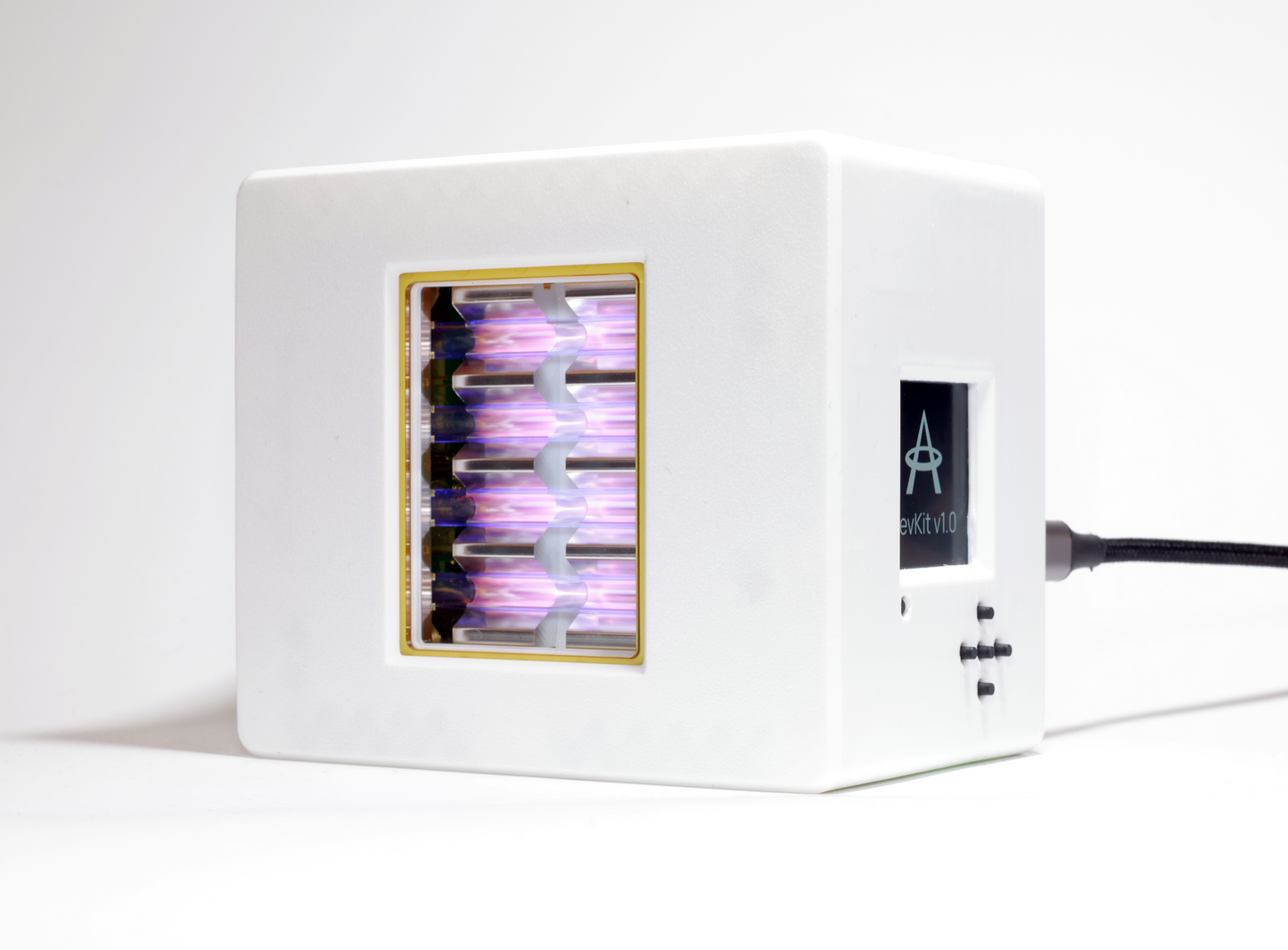
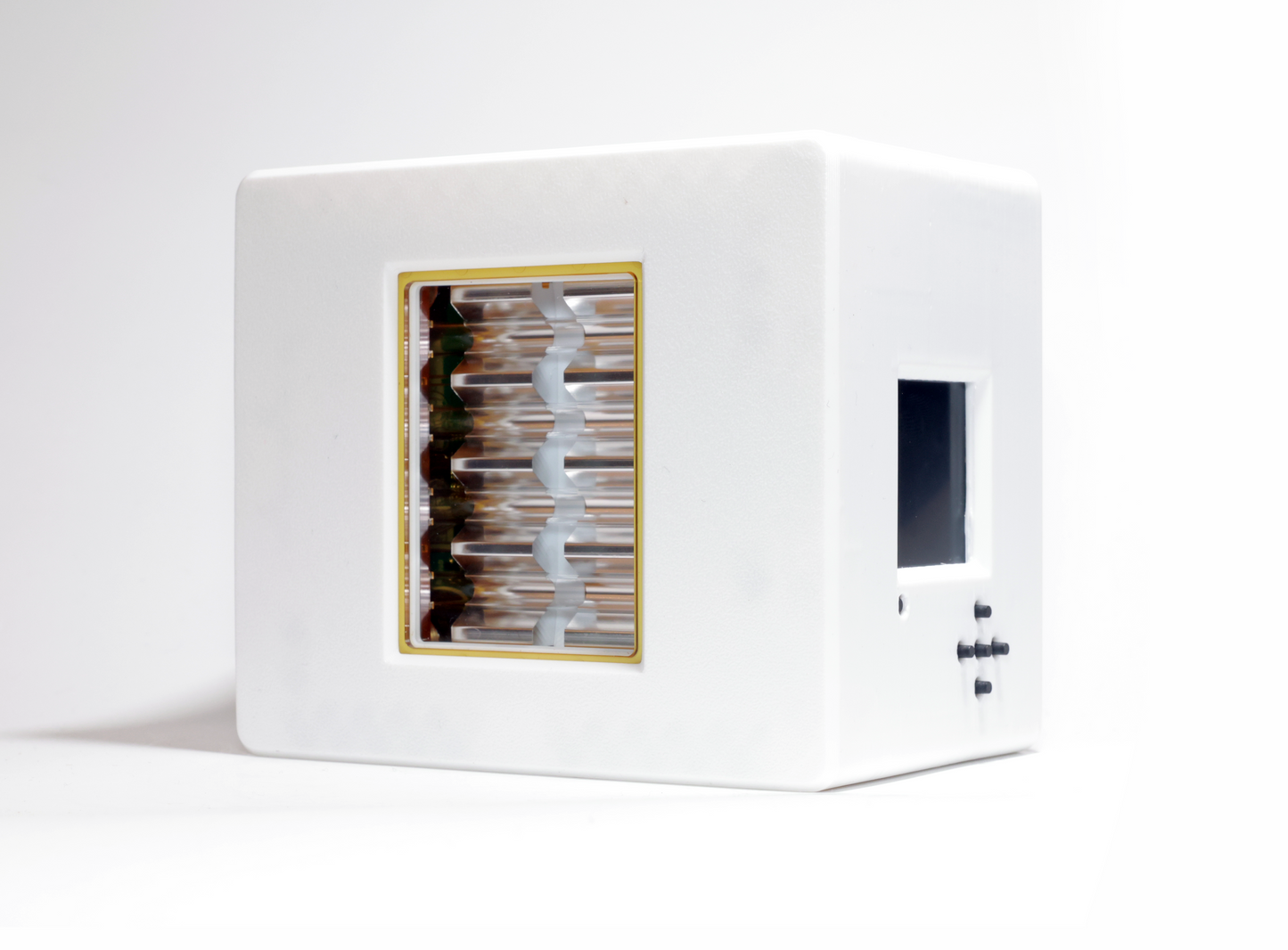
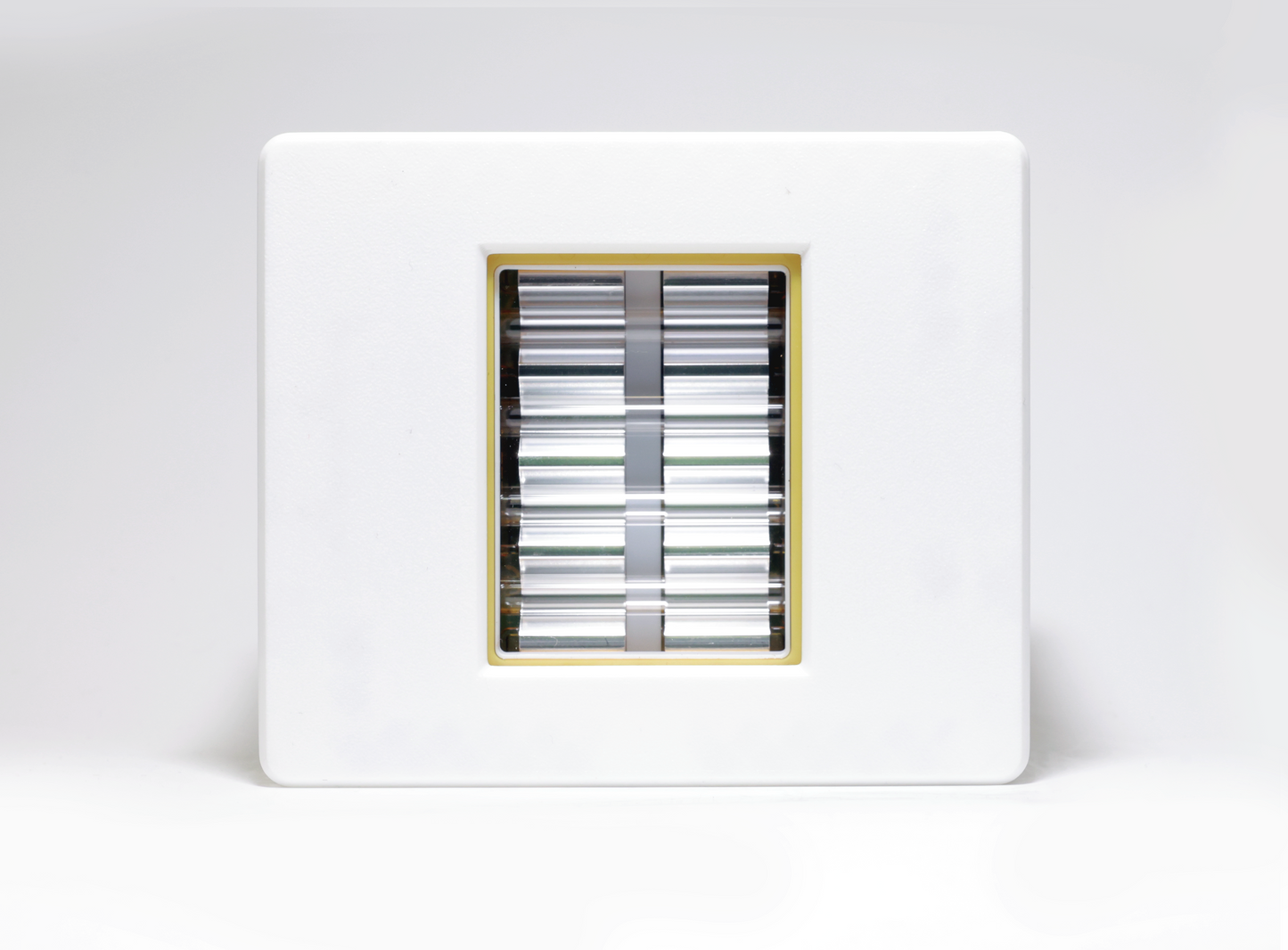

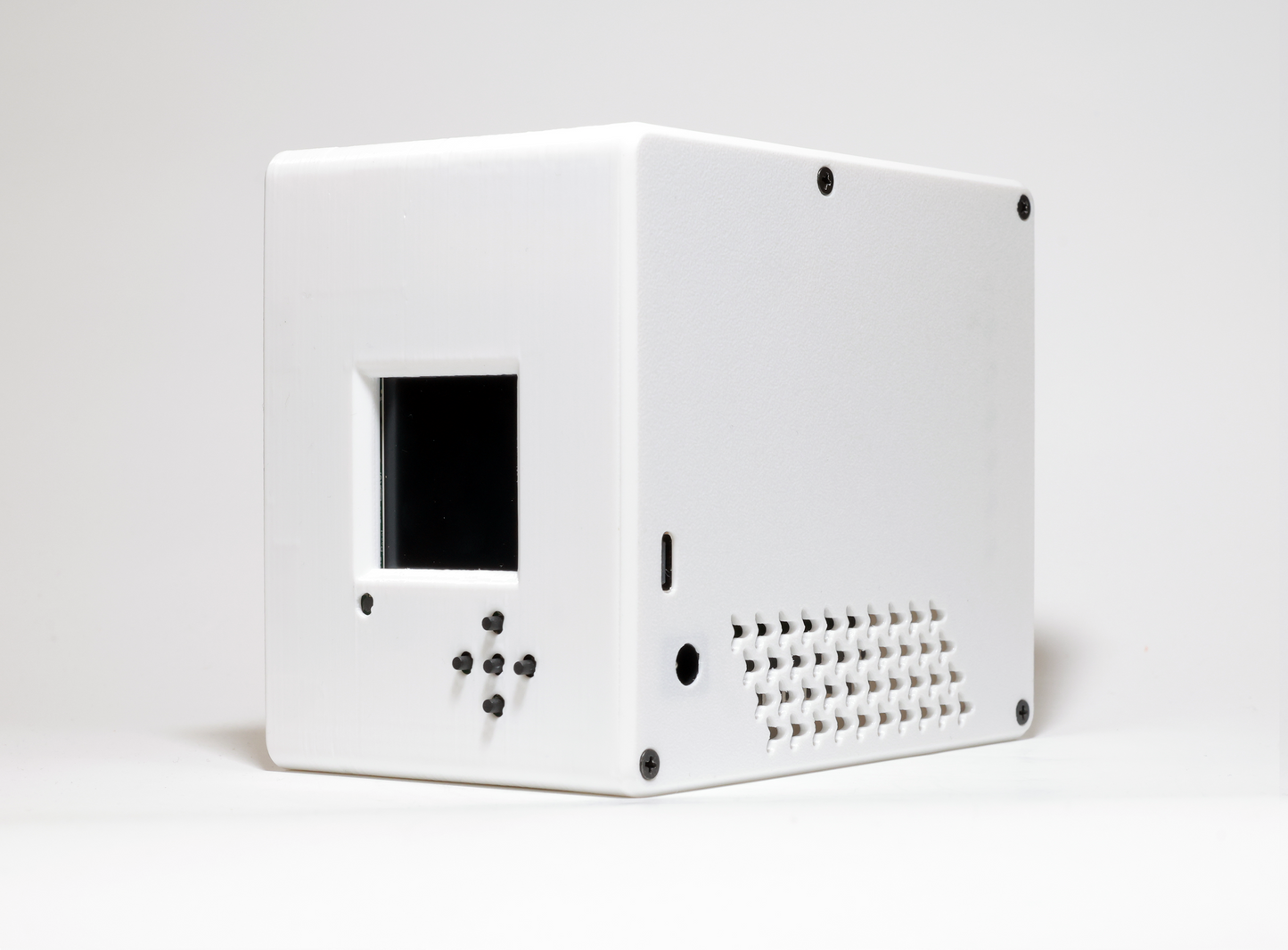
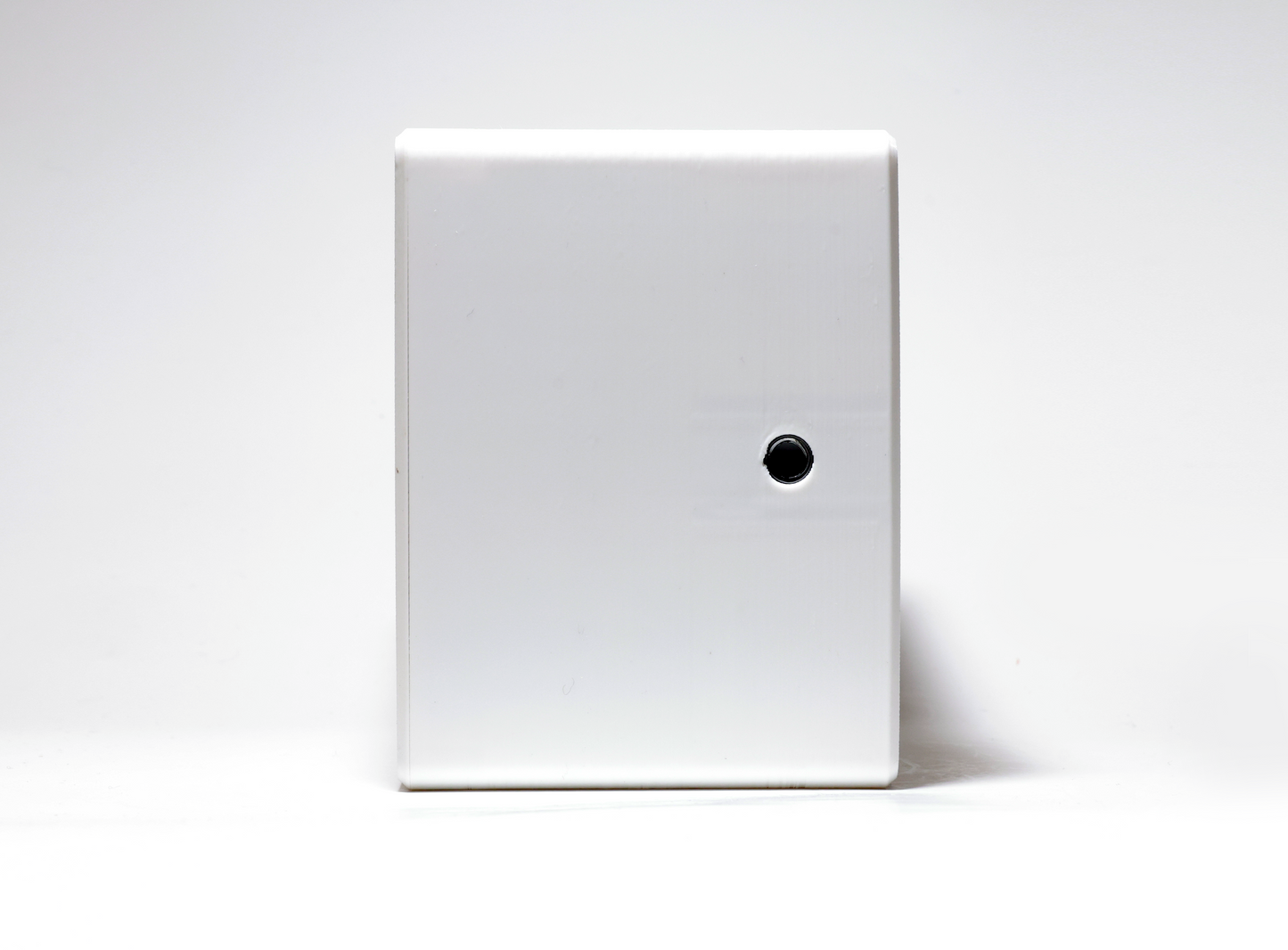
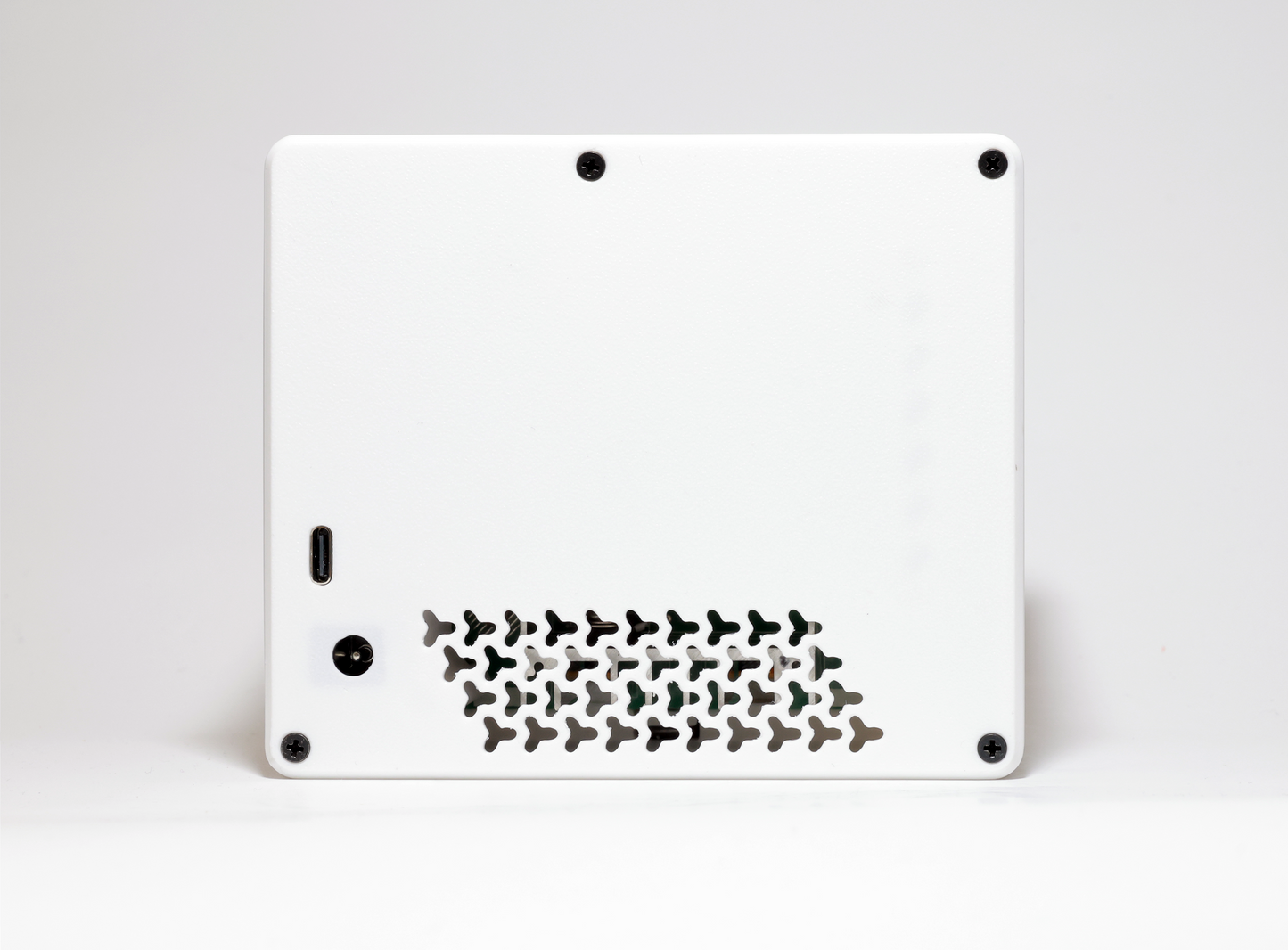
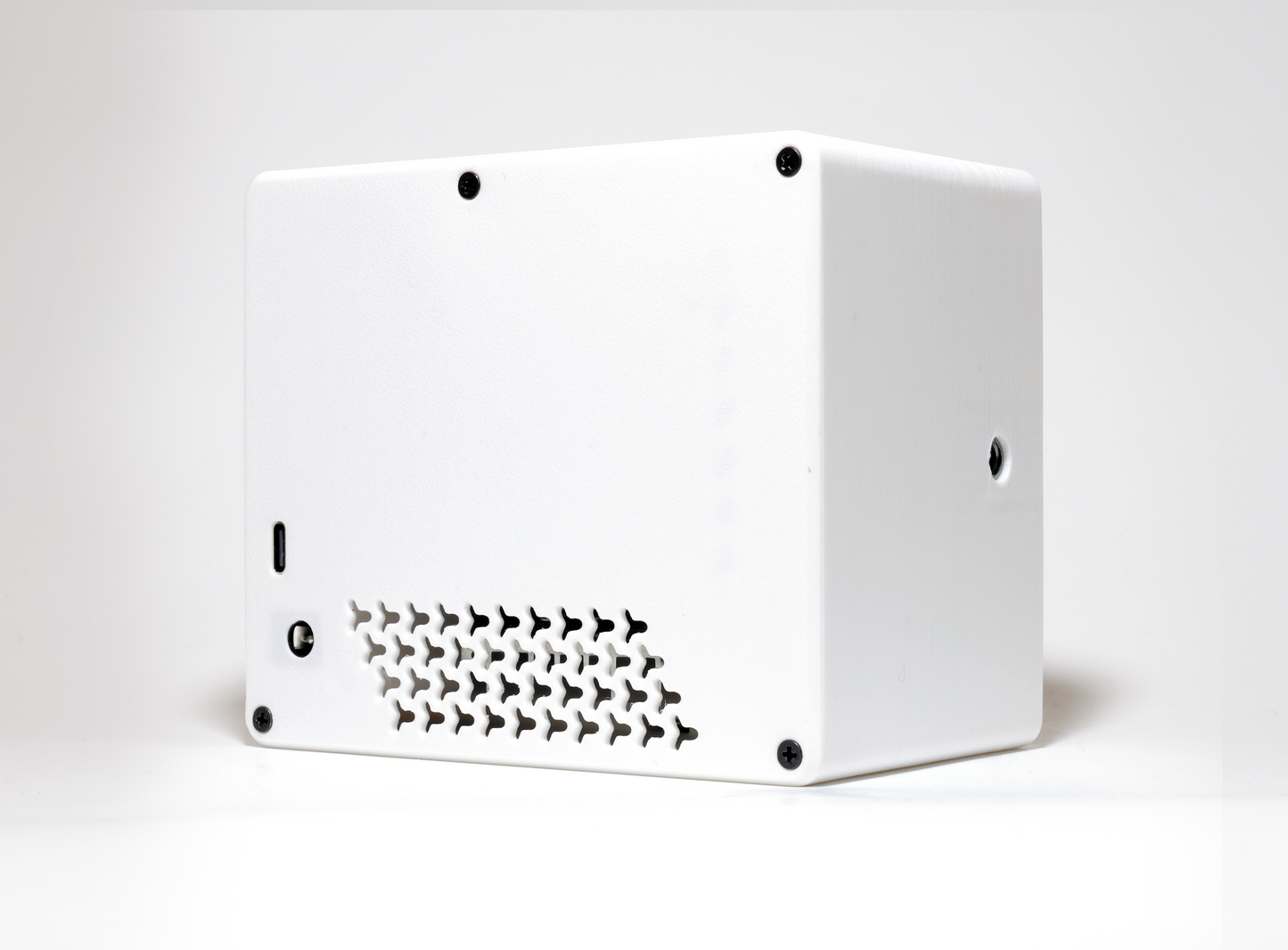
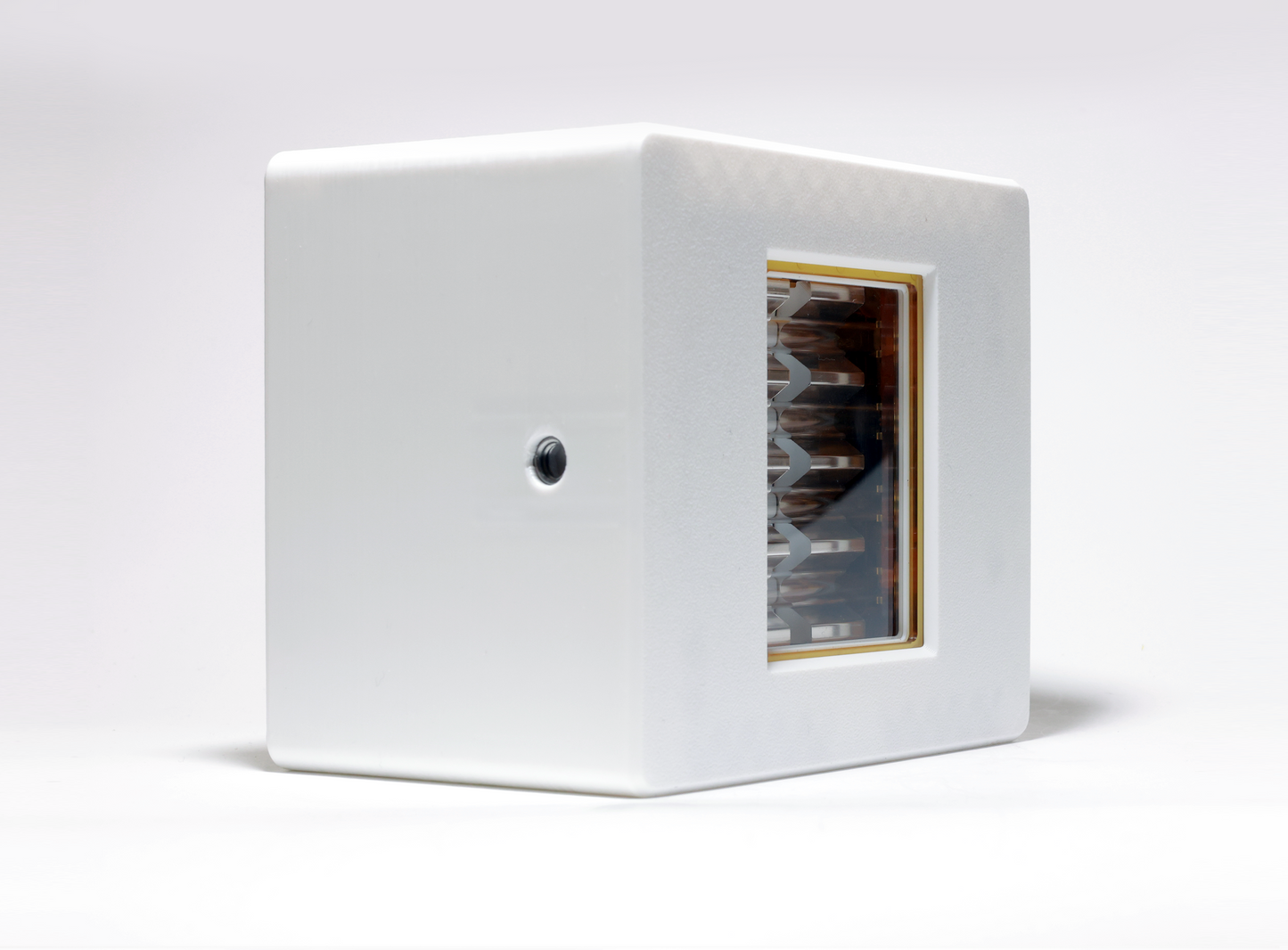
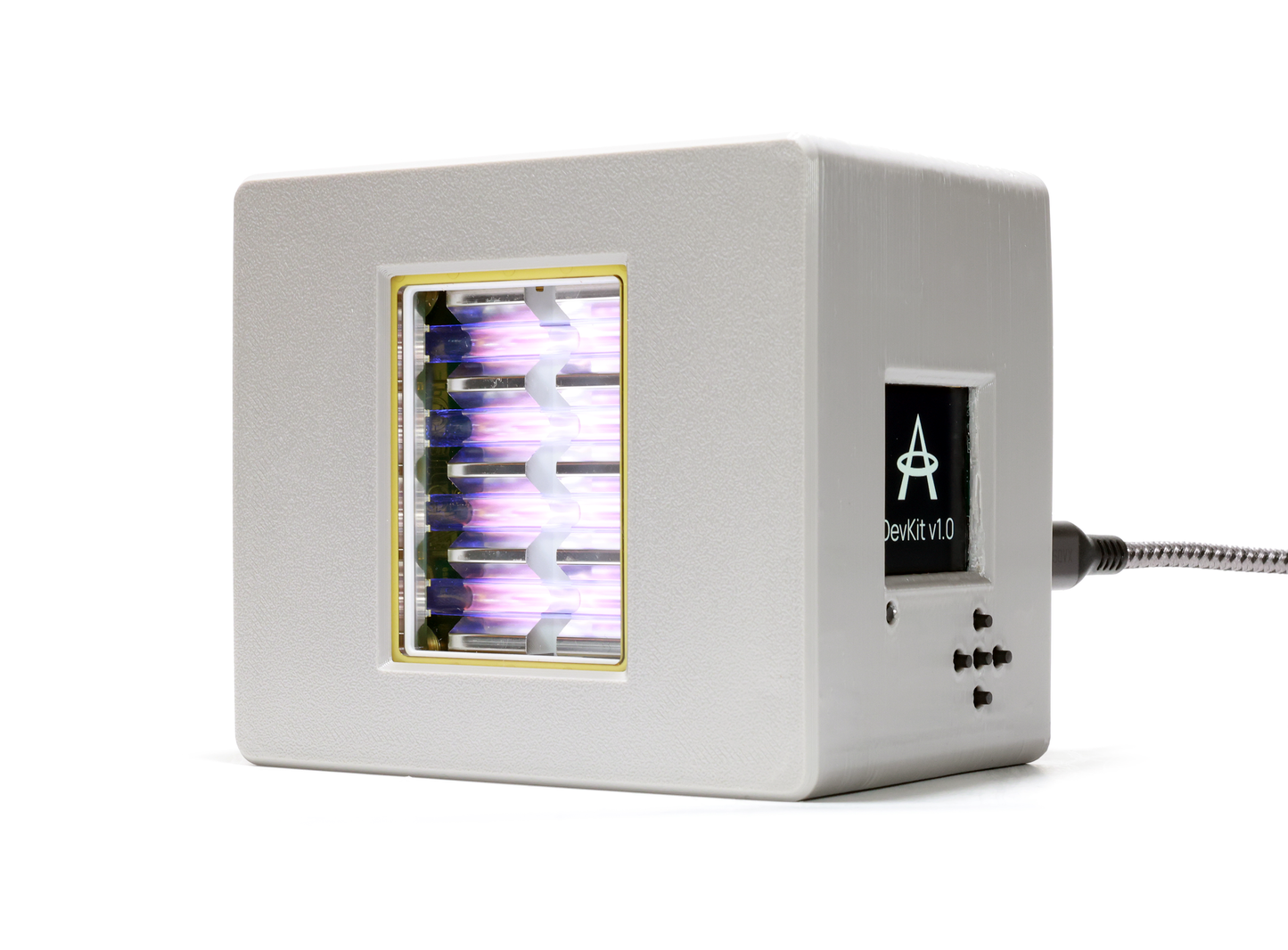
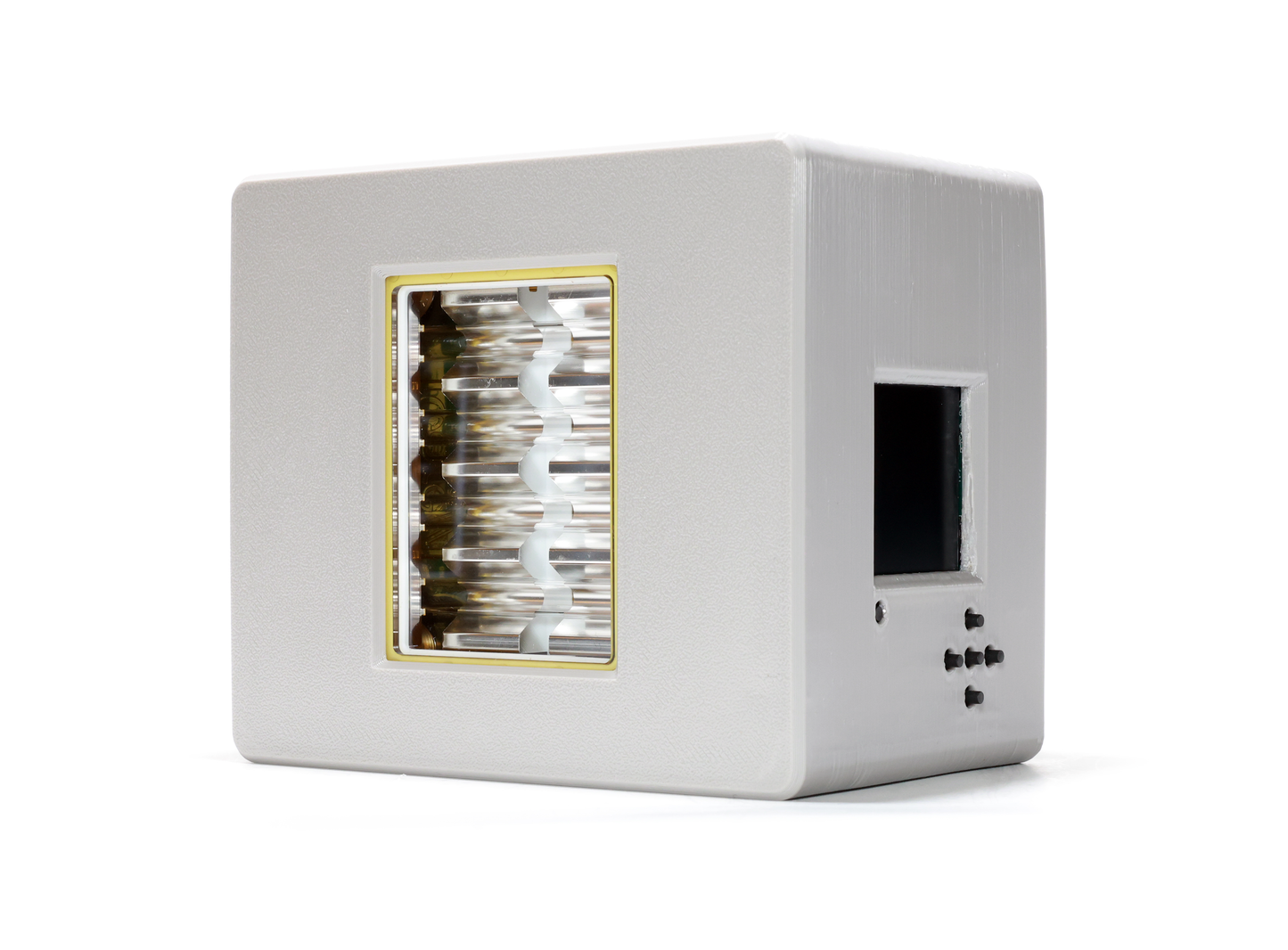
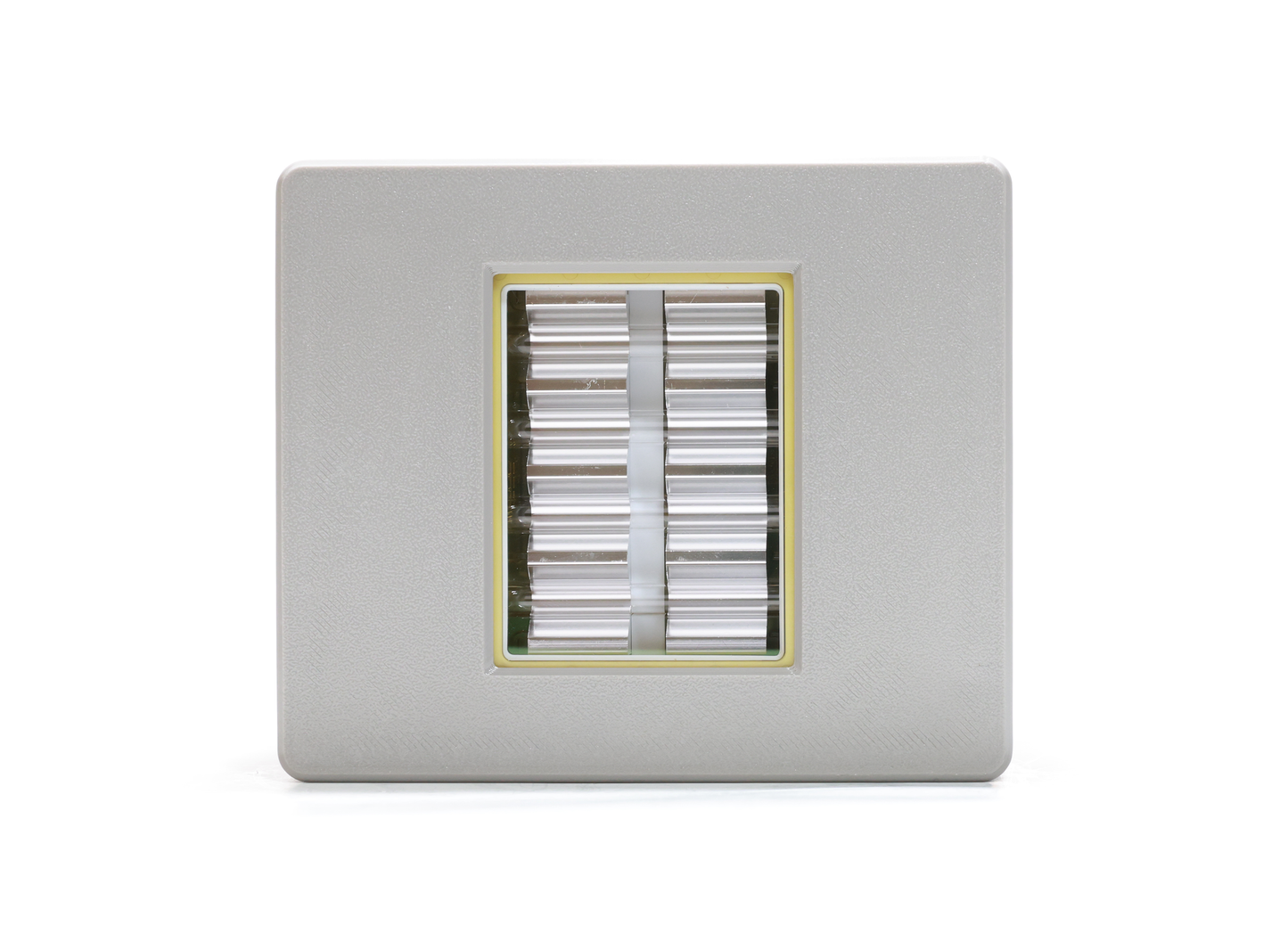
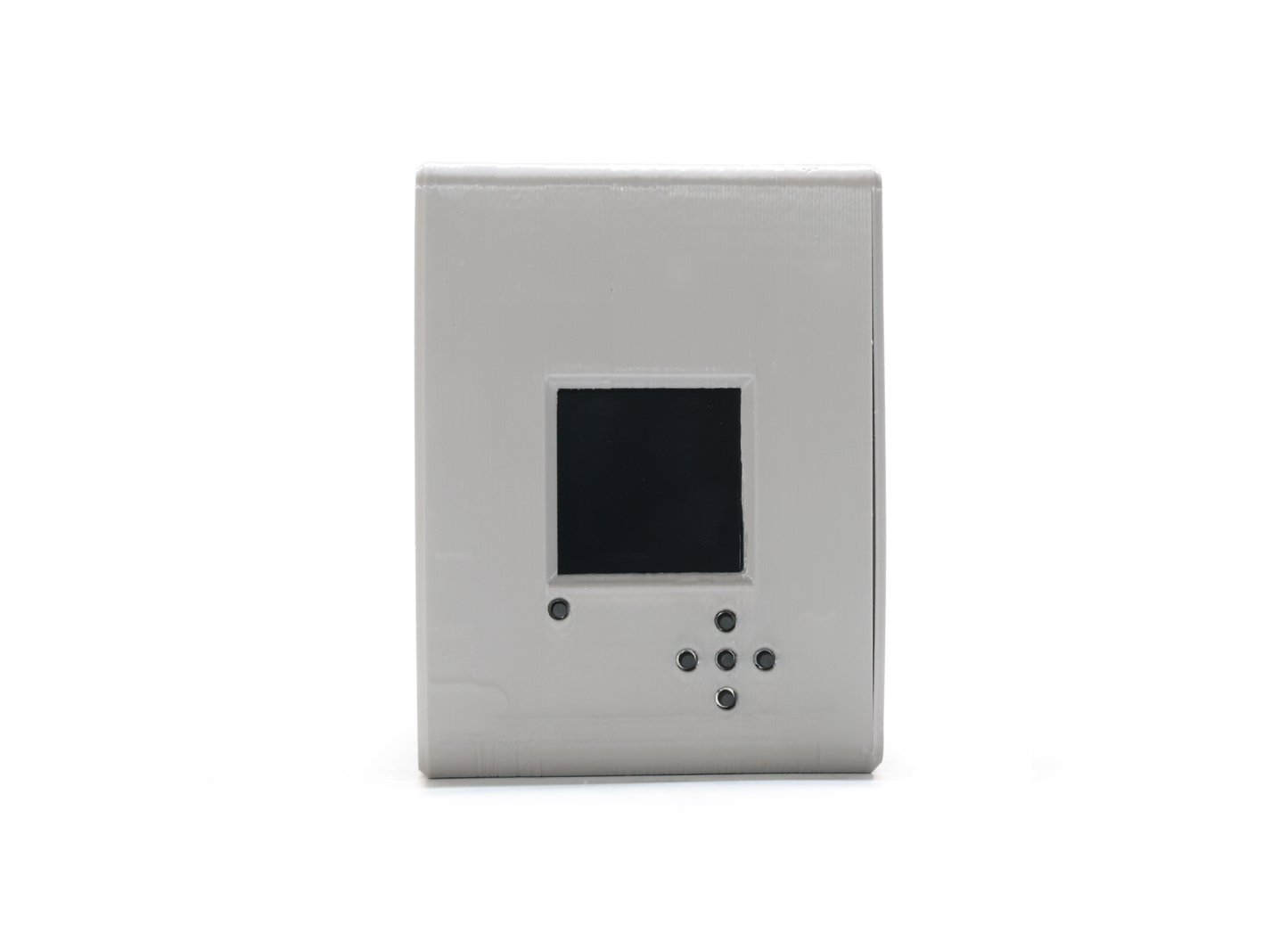
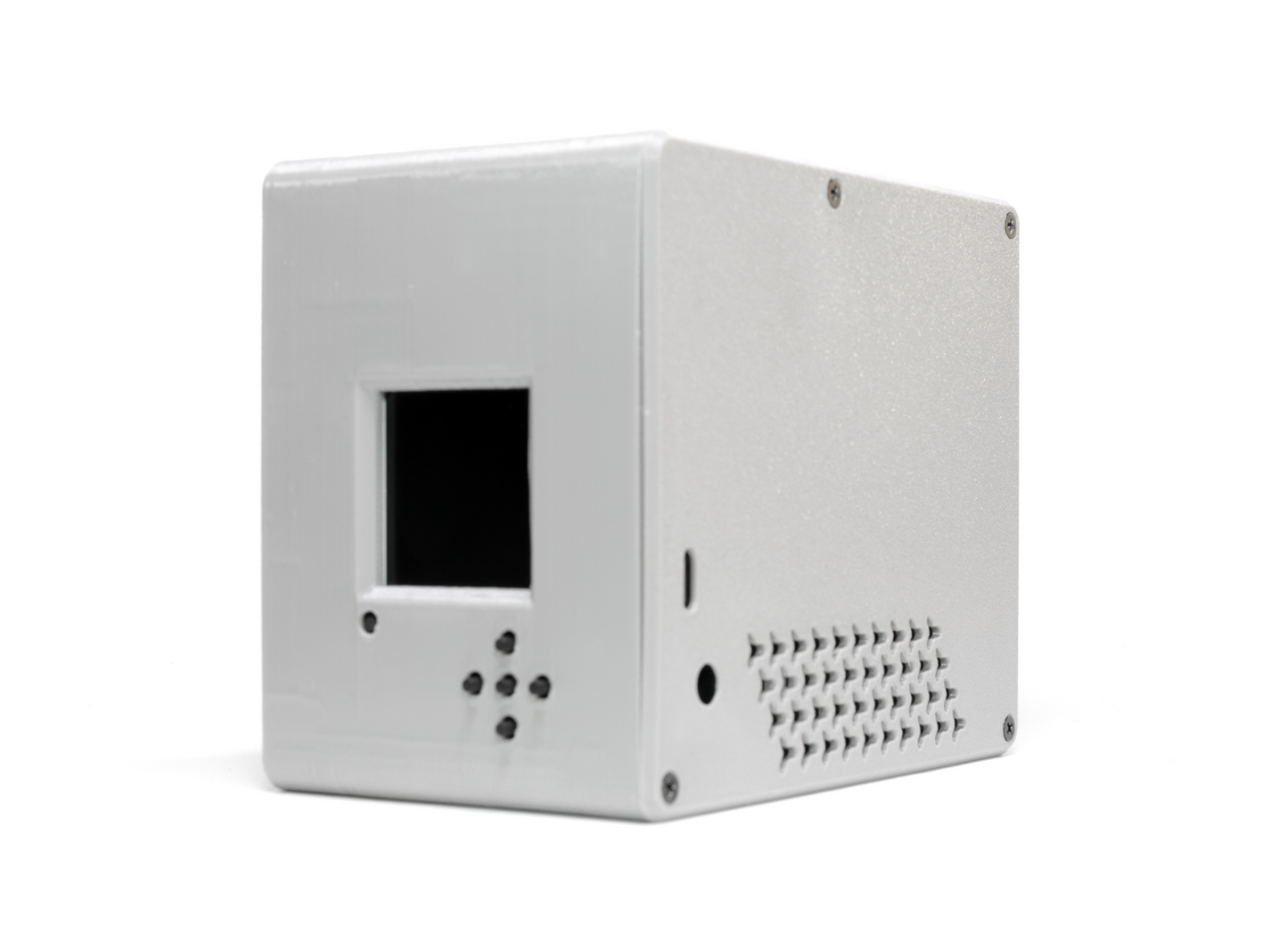
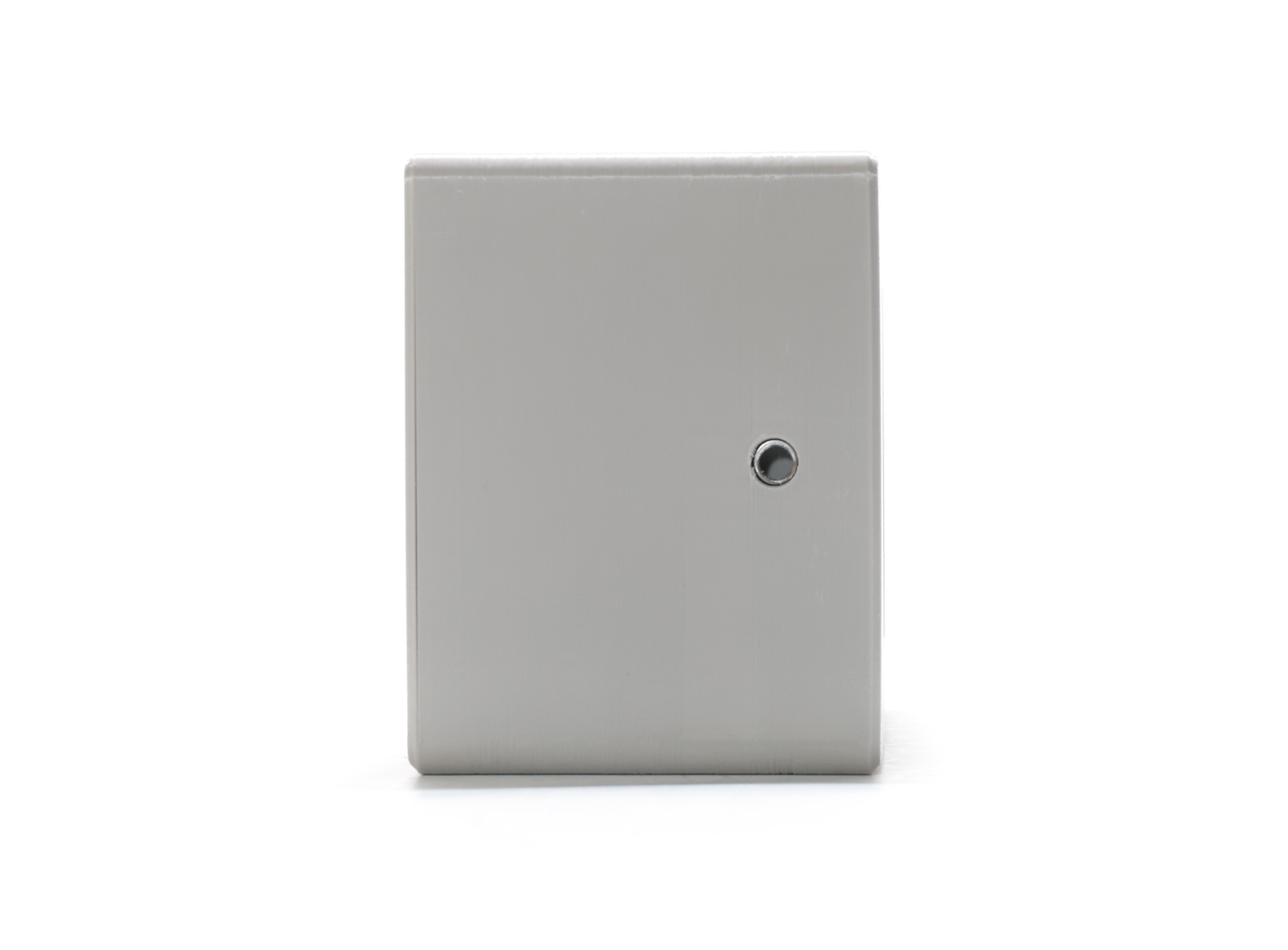
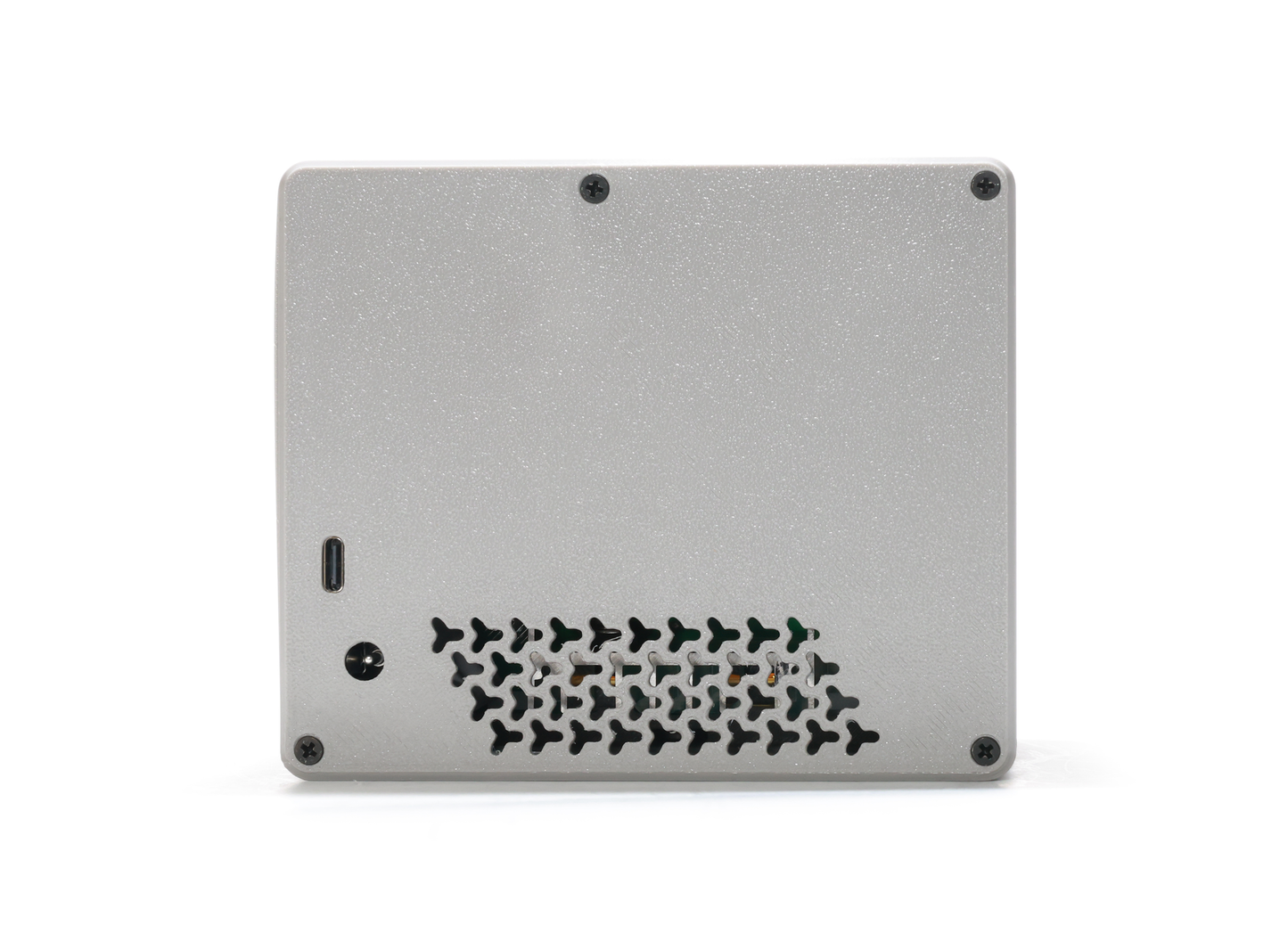
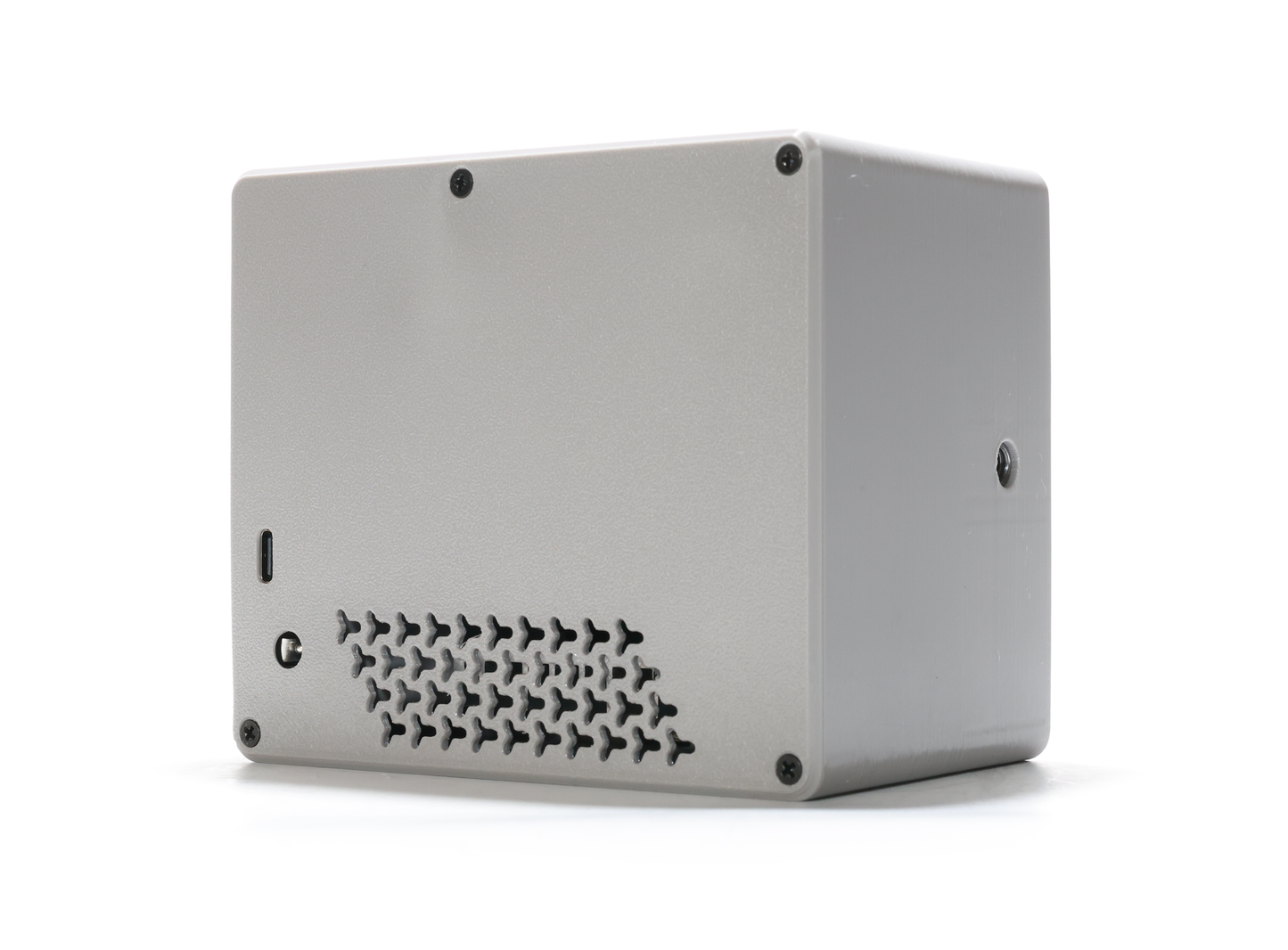
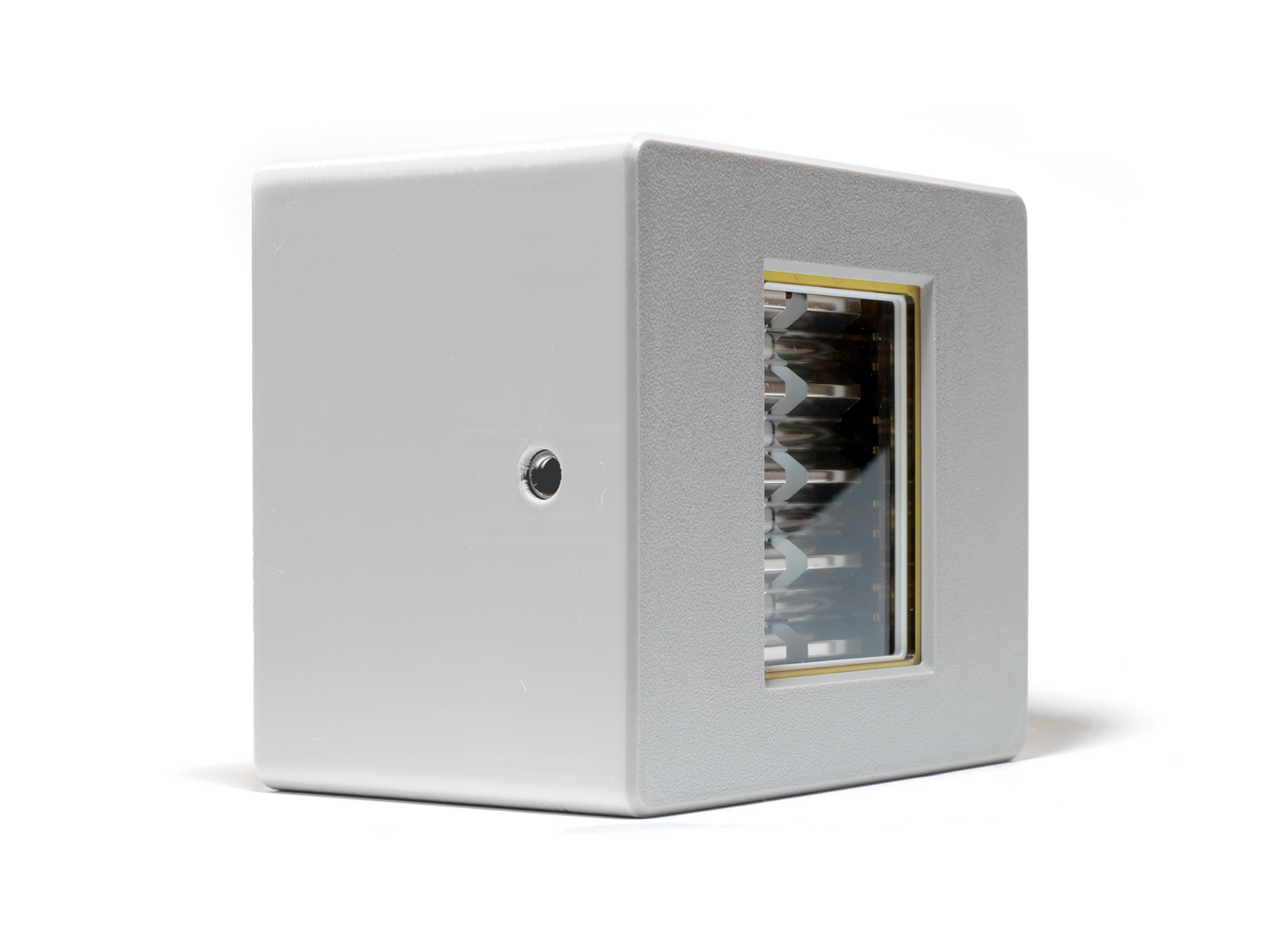
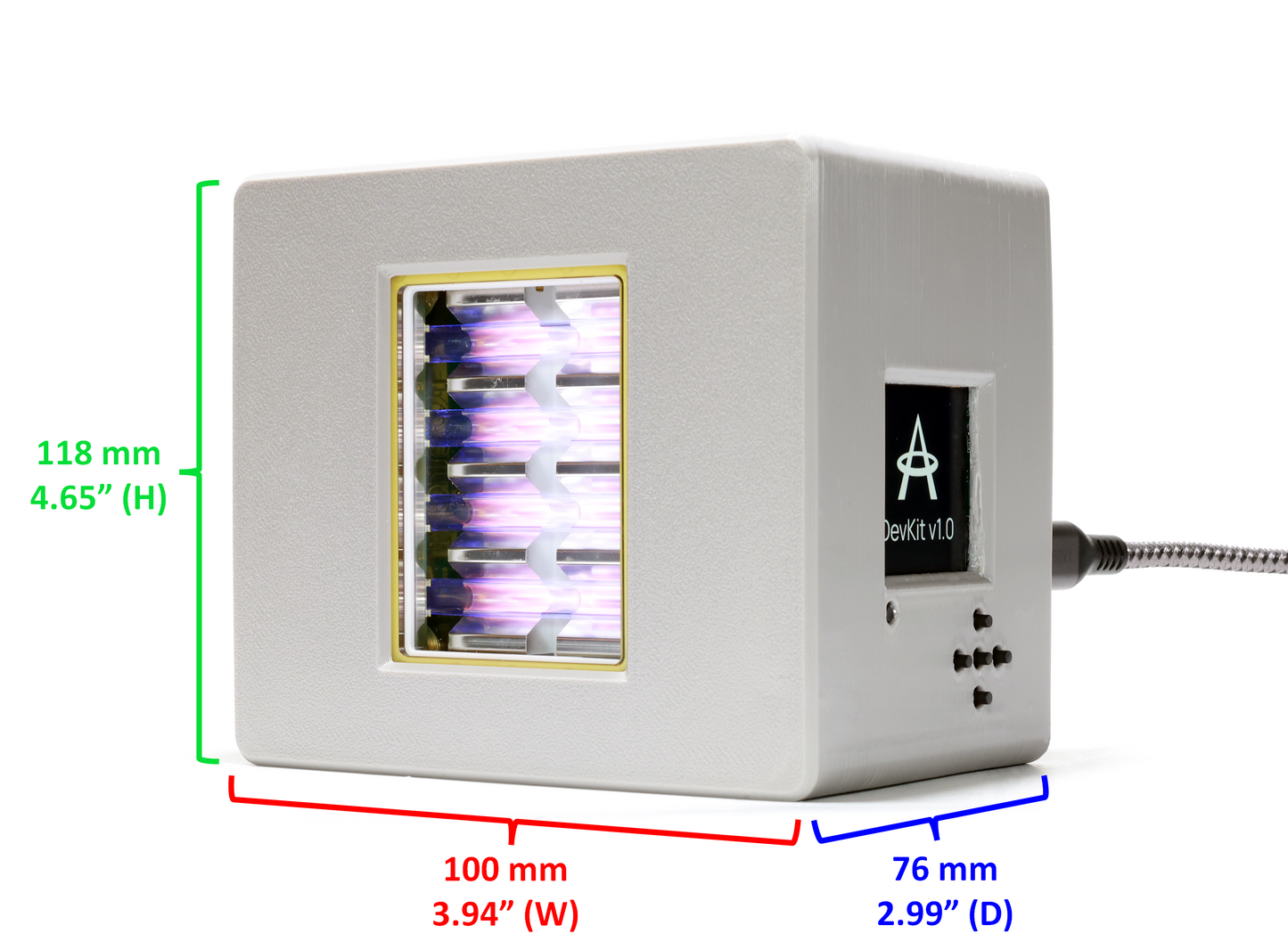
Frequently Asked Questions
Isn't UV dangerous? How is Aerolamp different from other UV lamps?
While UV can be dangerous, it all depends on which wavelength and what dose. Aerolamp uses a specific UV wavelength shown to be safe for human eyes and skin at doses that are effective at killing germs.
Most germicidal UVC lamps are low-pressure mercury lamps that produce 254 nm UVC. Even a very low dose of 254 nm UVC can cause sunburn and snowblindness.
Instead, Aerolamp uses a filtered krypton-chloride lamp, which produces 222 nm UVC, considered by the American Conference of Governmental and Industrial Hygienists to be acceptable for human exposure at significantly higher doses.
Will far-UVC give me sunburn?
While not impossible, it's very unlikely to receive a sunburn from properly filtered far-UVC.
While unfiltered far-UVC has been found to be capable of causing skin reddening, filtered 222nm far-UVC has been repeatedly found to be safe for the skin - including over long periods of time, and at extreme doses far higher than those delivered by the Aerolamp when used appropriately.
Will far-UVC hurt my eyes?
Not if used appropriately
Evidence suggests that eye doses delivered by far-UVC systems are unlikely to cause discomfort or long-term harm.
This is in part because the eye receives a much lower dose than surrounding skin due to shielding by eyelids, eyelashes, and eyebrows, the same way they shield our eyes from sunlight.
However, this is an active research area, some sensitive individuals may experience eye irritation or dryness, especially in low-ceilinged installations. To mitigate this risk, always use as directed, and avoid looking directly at the light for extended periods, just as you would avoid looking directly into bright lights or into sunlight.
Does Aerolamp produce ozone?
Yes - but only a very small amount
Typical indoor ozone levels are 4-6 parts per billions (ppb), while average levels of outdoor ozone are 20-30 ppb - almost all indoor ozone comes from outdoors. Most likely, you will raise your indoor ozone levels much more by opening a window than by operating a far-UVC lamp.
It's true that in a sealed chamber in a lab, typical far-UVC installations might produce significant (10s of ppb) ozone. However, our indoor spaces aren't sealed chambers. Both theoretical predictions and experimental evidence suggest that Aerolamp will raise indoor ozone levels by no more than 1-2 ppb. Expected ozone increase can also be simulated with Illuminate.
However, we recognize that ozone is a pollutant, and recommend that Aerolamp should be used with portable air cleaners which include an activated carbon filter. Studies suggest that a single activated carbon filter is more than sufficient to mitigate any far-UVC derived ozone.
How should I install my Aerolamp?
To ensure safety, mount your Aerolamp at least 8.5 feet (2.6 meters) up. For context, many typical ceilings are 9 feet high, but some may be 8 feet.
To maximize the efficacy of your Aerolamp, it should be tilted to point at the opposite corner of the room. Position it so that the light covers areas where people spend time, and make sure that nothing is blocking the light.
What if I can't install my Aerolamp 8.5 above the floor? Is it still safe?
If it is not possible to install your Aerolamp at least 8.5 feet above the floor, Aerolamp can still be used safely.
The 8.5 foot rule of thumb ensures that your Aerolamp can be used at 100% power 24/7 without ever exceeding the recommended exposure limits set by the American Conference of Governmental and Industrial Hygienists--even if you spend all your time directly in the highest-intensity part of the lamp's beam.
These limits are set for an 8-hour day. So, if you are using your Aerolamp for only a few hours a day when company is over, or during a doctor's appointment, the 8.5 foot rule is less critical.
You can do a few things to minimize any overexposure risk:
- Tilt the lamp so it faces more towards the floor - this will naturally reduce eye exposure.
- Install the lamp somewhere people usually aren't facing - for example, behind a couch, rather than above a television.
- Enable the human proximity radar safety feature by using the menu on the side of the lamp. The lamp should turn off when a person comes too close to it, and turn back on when the coast is clear. Note that this is a demo feature that can be used to enhance safety, but is not intended to be a replacement for appropriate use.
- With a dimmable Aerolamp, lower the intensity of the lamp output. Note that this will also lower the efficacy by the same amount.
- Avoid looking directly into the lamp, especially if you are closer than 1 meter away.
How many Aerolamps do I need?
Short answer: 1 for a typical room, or about every 250 square feet
Long answer: It's complicated
Unlike technologies like air filters, the efficacy of germicidal UV varies by pathogen. Some pathogens, like human coronaviruses, are very sensitive to far-UVC. Others are more resistant. However, there is significant uncertainty in just how sensitive various pathogens are to UV light.
The key metric to look for in all air disinfection technologies is the Clean Air Delivery Rate (CADR), usually given in cubic feet per minute (cfm). A typical high-quality portable air-cleaner has a CADR of around 400 cfm - a more typical one will deliver 200 cfm.
For a typical 250 square foot room with 9 foot ceilings, Aerolamp has an expected CADR of 200-1500 cfm, depending on the pathogen and the study referenced.
However, this estimate is based on a well-mixed room. In a room with very still air, performance will be worse than expected. Luckily, air mixing is readily accomplished with portable air purifiers, ceiling fans, or central ventilation. To ensure best performance, use Aerolamp in combination with a portable air purifier or other source of air mixing.
How quickly does Aerolamp work?
95% reduction of coronavirus within 15 minutes and 99% reduction within 25 minutes, assuming one Aerolamp in a 250 square foot room. This is about three times faster than a high-quality portable HEPA air filter.
This figure scales - two Aerolamps in the same space will work twice as fast, as will one Aerolamp in a 125 sq ft room.
Note that this is a highly uncertain figure, and that research is ongoing, but represents our current best guess.
What's the difference between the Basic and Dimmable Aerolamp?
The dimmable Aerolamp may be set to a dim level of 20%, 40% or 70%. Otherwise, they are currently the same.
Both versions of the Aerolamp come with a millimeter wave radar to detect proximity and reduce output power to safe levels. Both work by turning off entirely when human presence is detected.
If the radar safety feature is not enabled, the dimmable Aerolamp may be helpful for spaces with very low ceilings.
How long will my Aerolamp last?
We are confident that your Aerolamp will last at least 10,000 hours, and likely 14,000 hours
Past 14,000 hours, your Aerolamp will still produce up to 70% of its initial output, but will be less and less effective over time.
Can I power my Aerolamp with my USB-C phone or laptop charger?
Phone charger: no. Laptop charger: maybe, but probably not.
Aerolamp operates on 12V USB-PD, requiring a minimum of 2.5A. While some laptop USB-C chargers support this, many do not. Please check the label. Most phone chargers are unlikely to meet this specification. Fortunately, plugging in an incompatible USB-C power supply will not damage anything.
What do the five buttons on the side of the lamp do?
Aerolamp has four settings that you can interact with: POWER, RADAR, INTENSITY (dimmable only) and DEBUG.
The top and bottom buttons in the 5-button interface moves the cursor between these settings.
If the POWER or RADAR settings are selected, pressing the center button toggles them off. The right button always turns them on. The left button always turns them off.
If INTENSITY is selected, the left button decreases the intensity, and the right button increases it. The center button does nothing.
If DEBUG is selected, the center button shows you the firmware debugging screen. You usually shouldn't worry about this option. From the debug screen, pressing the center button returns you to the main menu.
The screen will also show the lamp's TILT with respect to the floor. This readout may be helpful during installation, but cannot be interacted with.
What hardware should I use to mount my Aerolamp?
For mounting directly to a wall, we like these wall mounts.
Another option is a portable stand, or a tension rod mount.
If you have a high bookshelf, we like these mini-tripods.
For mounting to a tiled drop-ceiling, we recommend these clips.
The stand, tripods, and drop-ceiling clips should be combined with a ball-head mount to enable tilting.
Installing Your Aerolamp
Your Aerolamp should be mounted at least 8.5 feet up.
You can use a microphone stand, tension rod, tripod, or anything else compatible with a 1/4" mount.
Position your Aerolamp in a ceiling corner, clearly visible from where people will spend time in the room
Ensure that nothing is blocking the light





























